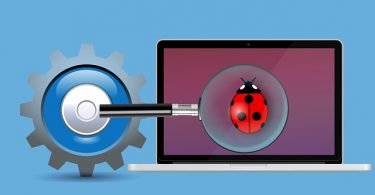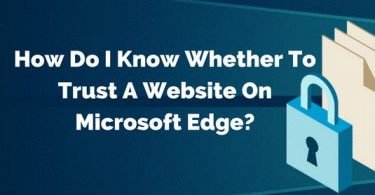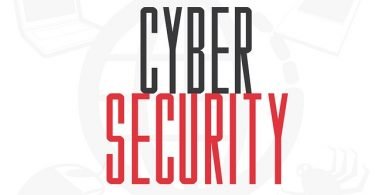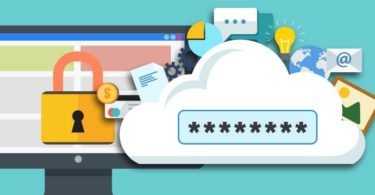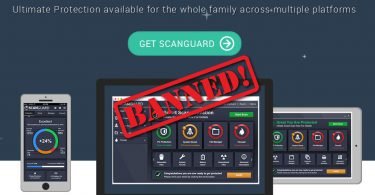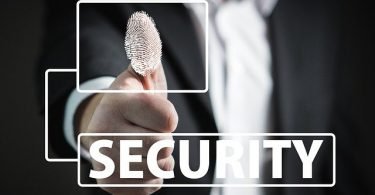The great majority of businesses use cloud environments, and many of them use several clouds and that is why having SaaS security challenges can be difficult. Cloud computing is naturally popular, but it also offers a variety of security risks. Since they hold a vast variety and amount of sensitive data, SaaS environments are a particularly appealing target for hackers. As a result, organizations must emphasize SaaS security.
There are some challenges when it comes to this and of course, ways to overcome these challenges. But first, let’s make it clear what SaaS is.
What is SaaS?
Software as a service (SaaS) is a method of providing programs as a service through the Internet. Instead of setting up and maintaining software, you just use the Internet to access it. This eliminates the need for complicated software and device maintenance.
SaaS is one of the key types of cloud computing. SaaS apps are used by a variety of IT experts, commercial users, and consumer users. According to technology industry analysts, the software as a service business to expand even more in the coming years, reaching about $200 billion by 2024.

https://unsplash.com/photos/C3V88BOoRoM
SaaS differs from the traditional on-premises approach in some basic ways. Since SaaS installations don’t need a lot of hardware, users can outsource most of the IT tasks that come with troubleshooting and maintaining software on-premises. Also, on-premises software is often paid upfront, whereas SaaS systems are mostly charged on a subscription basis.
What are the Security Challenges of SaaS?
Although switching to the cloud and using SaaS is a big convenience, it also comes with some security challenges. Organizations must adapt their security practices to stay up to date with the changing environment as SaaS platforms grow.
Data Theft
For businesses going to the cloud, the danger of data theft is a major worry. Sanctioning SaaS apps entails transferring and storing data outside of the data center. Client data, financial information, personally identifiable information, and intellectual property may be held in SaaS applications. To steal data, cybercriminals usually launch a targeted attack or exploit inadequate security precautions or vulnerabilities.
Allowing Excessive Permissions
Allowing excessive permissions is a frequent security risk in cloud computing and SaaS. This happens when an administrator grants an end-user too many access privileges. Most SaaS products add layers of complexity to their systems, increasing the likelihood of these kinds of mistakes. Excessive permissions are a major security risk since they frequently enable cloud leaks, data breaches, and insider attacks.
Data Storage Place Uncertainty
To comply with local data requirements or guarantee that their data is kept and processed in a certain area, SaaS users must know where their data sits and how to handle data protection. Providers, on the other hand, cannot ensure data localization. This can potentially lead to mistrust.
How Can You Mitigate These Security Challenges?
There are ways to mitigate each of these security challenges.
Data Theft Mitigation
To prevent your organization from data theft while using SaaS solutions, you can create policies for cloud usage and permissions throughout the organization. One of the key points of the policy should be to make multi-factor authentication mandatory. This will help you make sure the right people are accessing your sensitive data. You can also outsource breach detection by analyzing outbound activity with a cloud access security broker.
Excessive Permissions Mitigation
Since excessive permissions are commonly exploited for illegal purposes, detecting and warning against them is critical. This can be accomplished by examining the gap between the permissions a user has specified and the permissions that they actually utilize.
Data Storage Place Uncertainty Mitigation
Before you buy new software, be sure you know where all of your data is kept. You should ask yourself a couple of questions before buying a new SaaS solution. These questions can be ones such as, do you have any control over where your data is kept with your SaaS provider? Is data housed in a safe cloud service provider or in a private data center? Are data encryption and other security measures accessible at the data storage? Don’t hesitate to ask questions!
You can even learn to store data safely on your computer and smartphone. It doesn’t matter if you use Android, or Apple, or other brands either!
What are Some of the Best Practices for Securing Your SaaS Environment?
If you want to keep your organization secure and still enjoy the benefits of a SaaS solution, there are a few rules to follow.
Improved Authentication
With the rise of SaaS companies, it’s now easier than ever to implement authentication solutions that create one-time passwords for users without requiring any hardware or extensive integration. Organizations can verify that strong passwords are used and that leaked passwords cannot be used by creating one-time passwords for users each time authentication is required.
Using CASB Tools
CASB (cloud access security broker) tools assist organizations in combating security risks and safeguarding cloud data. To protect cloud platforms, it uses a three-step detection, categorization, and repair approach. CASB enables enterprises to implement controls that SaaS providers do not supply or support natively.
Data Loss Prevention
Data loss prevention (DLP) is a combination of technologies and processes that ensures sensitive and business-critical data is not lost, leaked, abused, or compromised. It also adds security features to prevent unauthorized users from accessing it. In essence, it protects against data loss and leaks, two main threats to sensitive or essential data.
Privileged Access Management
Privileged access management (PAM) is a data security method that protects identities with unique access or capabilities not available to ordinary users. PAM is important because if an administrator’s account credentials fall into the wrong hands, the organization’s systems and private data can be compromised.
SaaS Security Challenges That Can Help Now!
SaaS offers various benefits, including increased operational efficiency and lower expenses. However, to safeguard your SaaS software, you need to adhere to SaaS security principles. Although most security problems are caused by human incompetence or neglect, guarantee that your SaaS software is secure by following the security guidelines outlined above.
The actions described above are only a few of the important security features that every SaaS user should follow. Traditionally, the in-depth defense has been a question of following precise design principles and security standards across all departments of the organization. Making sure that everyone is educated about SaaS security is the best practice of all.



